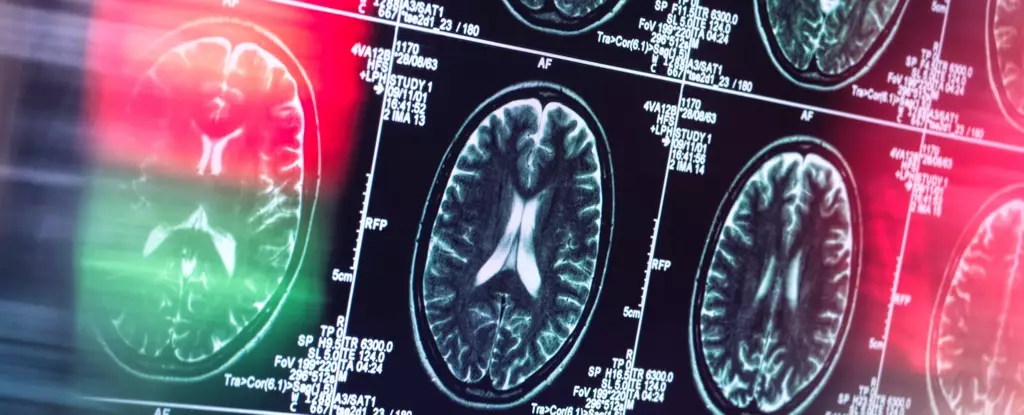Alzheimer’s disease, a complex and devastating neurodegenerative disorder, poses profound challenges not just for individuals diagnosed but also for their families and healthcare systems worldwide. As the search for effective treatments intensifies, significant controversies and outdated theories have complicated progress. In recent years, the scientific community’s heavy focus on beta-amyloid—the protein traditionally viewed as a key culprit—has reached a critical juncture. With emerging hypotheses and a growing acknowledgement of the disorder’s multifaceted nature, a reevaluation of how we understand and approach Alzheimer’s is both timely and essential.
In July 2022, the integrity of foundational research into beta-amyloid came into serious question following revelations of possible data fabrication in a key 2006 paper published in Nature. This study suggested beta-amyloid as a primary factor in Alzheimer’s progression, leading to the subsequent approval of aducanumab by the FDA in 2021 as a treatment targeting this protein. However, approval was met with fierce criticism due to the inadequate and inconsistent data supporting its efficacy.
The discourse around aducanumab exemplifies a growing concern within the scientific and medical communities regarding the beta-amyloid hypothesis. Some practitioners argue that energy and resources have been misallocated to a single avenue of research while other potential pathways remain underexplored. This narrowing of focus limits the development of effective therapies and stretches the patience of families desperate for answers.
At the heart of this intellectual narrowing is an exciting and burgeoning theory—which posits that Alzheimer’s may not merely be a brain disease but rather a disorder of the brain’s immune system. Recent research efforts, particularly those emerging from institutions like the Krembil Brain Institute, are beginning to conceptualize Alzheimer’s differently. This perspective focuses on how beta-amyloid operates within the immune framework rather than as an indisputable villain.
Under this model, beta-amyloid is deemed a natural component of the immune response in the brain, activated under conditions such as trauma or infection. However, where this theory proposes that the immune system misidentifies brain cells as threats, leading to unintentional damage, it critically reframes our understanding of Alzheimer’s as potentially autoimmune in nature rather than solely neurodegenerative.
This shift illuminates a path toward new therapeutic strategies. Individuals suffering from autoimmune diseases, such as rheumatoid arthritis, often benefit from corticosteroids, yet the unique composition of the brain necessitates a more nuanced approach when tackling Alzheimer’s.
In addition to the immune-centric view, a multitude of emerging hypotheses are gaining traction within the research community. Some scientists are investigating the role of mitochondria—cellular powerhouses that generate energy—as potential provocateurs of Alzheimer’s. Another avenue of inquiry explores whether chronic oral infections could inadvertently play a role in the development of the disease. Further still, theories surrounding metal metabolism within the brain—specifically regarding elements like zinc, copper, and iron—are being rigorously studied.
This expanded horizon of potential pathways signifies an encouraging trend of innovation and diversification in Alzheimer’s research. Each of these hypotheses challenges researchers to look beyond mere protein interactions and instead examine the various physiological and environmental factors contributing to the disease.
With dementia affecting over 50 million people globally and new diagnoses occurring every three seconds, the need for innovative treatment pathways could not be more pressing. Alzheimer’s is more than just a medical issue; it holds serious implications for families and healthcare systems grappling with emotional and financial strains caused by the illness.
Unsurprisingly, the complexities surrounding patient care, research funding, and public health policies remain entangled within societal misconceptions. Raising awareness and improving understanding of Alzheimer’s—its underlying mechanisms and potential therapeutic avenues—are essential steps toward reversing this public health crisis.
As we navigate the significant challenges posed by Alzheimer’s disease, it is clear that a paradigm shift is required. Embracing the notion that Alzheimer’s may represent a complex interplay of biological, immune, and environmental factors can provide fresh insights and foster the development of more effective treatments. The scientific community must remain open to new ideas, encouraging collaboration and interdisciplinary dialogue to alleviate the burden of Alzheimer’s on patients, families, and society at large. The path to innovation lies not just in the ongoing exploration of existing theories but in shedding old paradigms and embracing the complexity of this debilitating disease.


Leave a Reply